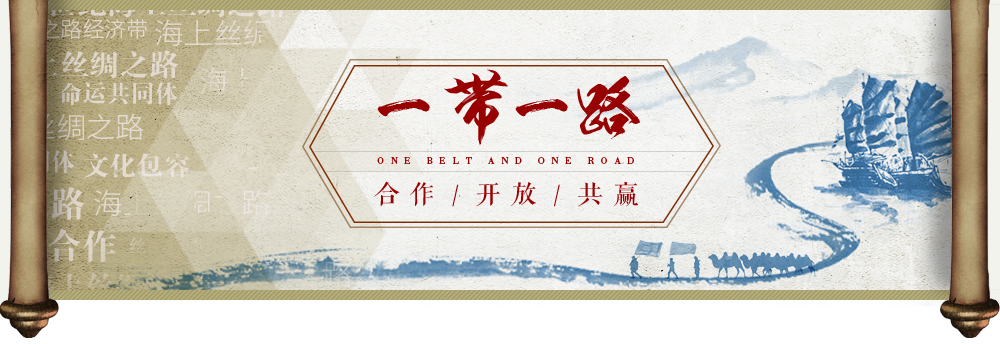ZHANG XIN: ‘Belt and Road’ shares fruits of development with world

China hopes to translate domestic economic achievements into enhanced interconnectivity, greater economic and trade cooperation, increased financial support, and strengthened ties to realize common prosperity among countries along the routes of the “Belt and Road.”
The “Belt and Road” initiative displays an image of China as an open and inclusive country that pursues peaceful development and mutual benefit.
At present, some countries in Asia are still hampered by weak economies, underdeveloped infrastructure and insufficient investment to drive modernization. By contrast, China has the advantages of sufficient foreign exchange reserves, a high domestic saving rate and rich experience in overseas contracting management. It hopes to achieve coordination in supply and demand with other countries along the routes of the “Belt and Road” through the Silk Road Fund and the Asian Infrastructure Investment Bank.
This can shift some of Chinese industries overseas, unleashing domestic development potential while promoting economic and trade cooperation between countries along the routes, which will foster improvements in health care, education, technology and quality of life.
China proposed the “Belt and Road” initiative during a time of global economic integration and at the beginning of the economic “new normal” domestically. It is an exploration of a comprehensive strategy of openness and an inclusive model of international cooperation.
Domestically, it is important to ensure better coordination between the “bringing in” and “going global” strategies, with an emphasis on the latter to obtain advantages for participation in international cooperation and competition. In addition to the Asia-Pacific region, China should continue to open to the west and south. Moreover, China should accelerate the establishment of free trade zones, starting with neighboring areas to facilitate the free flow of commodities, capital and labor.
Internationally, an open economic system is needed to build a cooperative international relationship based on trust, inclusiveness and mutual benefit, which will in turn promote regional economic cooperation and integration.
The “Belt and Road” initiative aims not to establish a supranational organization but to build a flexible and inclusive platform for regional economic cooperation. It has no territorial limits and strives to overcome differences in political systems, religion and culture. All nations along the routes can participate in and benefit from the project on a voluntary and equal basis. Also, nations beyond the initiative’s scope are also welcome to contribute.
Furthermore, the “Belt and Road” attempts to build a community of shared future in Asia. By translating the advantages of political trust, geographical adjacency and economic complementarity into practical cooperation, mutual benefit and common prosperity can be achieved among Asian countries.
As a developing country, China is willing to share its development dividends with other countries through the “Belt and Road.” China hopes to translate domestic economic achievements into enhanced interconnectivity, greater economic and trade cooperation, increased financial support, and strengthened ties to realize common prosperity among countries along the routes and promote world development. This displays the image of China as a responsible major country of the world.
The “Belt and Road” embodies the Chinese values of peaceful development, openness and inclusiveness, and mutual benefit. This helps to build national confidence in future development of China and win respect from the international community, which will in turn drive the reform and development in China.
Zhang Xin is from the School of Economics and Management at Tongji University.
